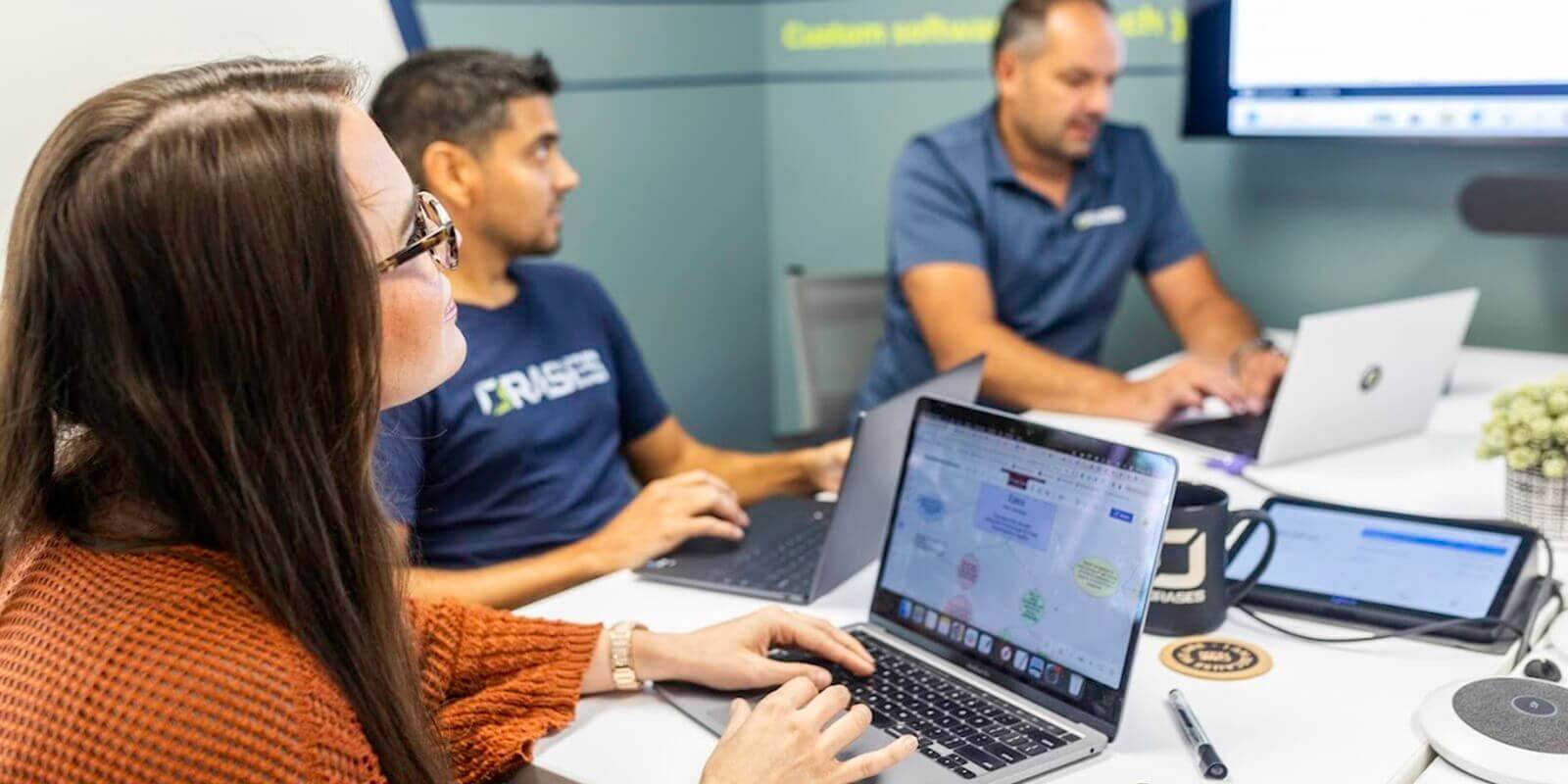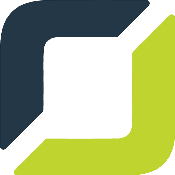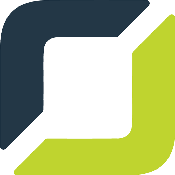Artificial intelligence has shifted out of specialized labs and elite enterprises, becoming available to a much broader range of organizations. Now, mid-market companies and emerging venture-backed startups are actively incorporating AI into their business operations, from automating workflows and operations to enhancing customer experiences.
Yet, success depends on more than enthusiasm or the latest tools. Organizations that take the time to evaluate their readiness are far more likely to realize meaningful returns and avoid any wasted investments.
Why AI Readiness Metrics Matter

A common pitfall that’s encountered is fragmented data. When information lives in silos across departments or platforms, models deliver inconsistent results and users lose trust in outcomes. Another frequent issue is a lack of governance.
Companies that launch pilots without defined policies on ethics, compliance, or accountability risk reputational damage and regulatory scrutiny. Others find that their infrastructure cannot support large-scale AI workloads, leading to higher costs and delays.
Readiness assessments help prevent these scenarios. They shorten the path from pilot to production by identifying what needs to be fixed or built before scaling. They also provide confidence that investments will grow with the business rather than create new bottlenecks.
The Five Metrics That Predict AI Readiness
When leaders want to understand whether their organization is positioned for AI adoption, five areas provide a reliable picture of preparedness. These metrics focus attention on the foundations that make AI both practical and sustainable.
Data Quality & Accessibility
AI and related solutions deliver meaningful results only when the data behind them is accurate, complete, and reliable. High-quality, governed data enables models to learn accurately and deliver outputs that decision makers can trust. Standards such as ISO 8000 emphasize the importance of data being fit for purpose, consistent, and auditable.
Challenges often arise when organizations rely on incomplete or siloed information. Teams may duplicate efforts, integrate datasets poorly, or lack processes for cleansing and standardizing information. These issues make it more challenging to train models that can work across departments and customers.
Within the Orases ASCEND framework, this directly corresponds to the “Data Readiness” dimension, which focuses on making information available, reliable, and managed across the enterprise.
Infrastructure Scalability
An AI project may begin with small pilots, but production systems demand scalability and reliability. Enterprises must evaluate whether their current IT systems can handle training and inference workloads that require elastic compute and storage resources.
Cloud platforms often deliver this elasticity with the ability to scale up GPU clusters on demand. At the same time, some industries maintain on-premise or hybrid environments to address data locality, latency, or regulatory constraints.
AI maturity assessments often measure infrastructure readiness by examining model deployment pipelines, monitoring tools, and rollback processes. A strong foundation in these areas accelerates time-to-value and provides resilience during growth.
Governance & Compliance Frameworks
Without structured governance, organizations have to manage risks around transparency, fairness, and compliance. The NIST AI Risk Management Framework and ISO 23894 emphasize the importance of consistent documentation, lifecycle management, and adherence to ethical guidelines.
Industries of major importance, including healthcare and finance, clearly demonstrate why readiness in this space cannot be overlooked.
For example, healthcare providers must comply with HIPAA while also actively integrating AI into clinical systems. Financial institutions often encounter similar pressures under anti-bias and consumer protection regulations.
Orases’ ASCEND framework addresses this challenge through its governance readiness layer, which directly connects ethical principles to day-to-day operations.
Security & Risk Management
AI systems expand the attack surface. Threats include adversarial attacks that trick models with manipulated inputs, data poisoning during training, and gaps in access control around model outputs. The OWASP Top 10 for Large Language Models outlines the most common risks and offers practical strategies for mitigation.
Enterprises should treat these risks as part of broader cybersecurity programs. Monitoring for drift, testing against adversarial inputs, and incorporating AI scenarios into incident response are practical steps.
In ASCEND, this is reflected in the “Security Readiness” metric, which highlights the importance of proactive defenses that protect both data and algorithms using them.
Organizational Alignment & Culture
Technology alone does not produce lasting results; leadership buy-in, workforce enablement, and cultural alignment shape whether AI projects succeed or fail. In fact, studies have shown that initiatives with active executive sponsorship and effective AI-first leadership are far more likely to achieve their goals.
AI literacy programs, cross-functional collaboration, and transparent communication build confidence across the organization. Orases emphasizes thoughtful communication and value to clients as cultural foundations, and the same mindset applies internally.
Employees who understand why AI is being implemented and how it improves workflows are more likely to embrace change and contribute ideas.
How To Assess These Metrics
Assessing AI readiness requires structure rather than ad hoc observation. A comprehensive readiness assessment evaluates data, infrastructure, governance, security, and culture through documented processes.
Organizations can begin with surveys and stakeholder interviews to measure leadership support, employee knowledge, and cultural openness to change. Infrastructure audits follow, reviewing data lineage, quality rules, storage capacity, and compute scalability.
Governance workshops bring cross-functional teams together to identify compliance obligations under regulations such as the EU AI Act, HIPAA, or GDPR. Security reviews should test against AI-specific vulnerabilities and integrate findings into incident response playbooks.
Benchmarking or scoring each metric allows leaders to prioritize initiatives. A clear scorecard shows where investment will yield the greatest return and provides a way to measure progress over time.
Orases offers a Data Strategy Workshop that ties directly into these assessments, providing organizations with a structured path toward stronger AI adoption.
Build Confidence In Your AI Strategy Today
Preparing for AI adoption requires focus on the fundamentals. Data, infrastructure, governance, security, and culture each play a decisive role in whether AI produces meaningful business outcomes or adds new complexity. With a structured assessment, leaders can act on strengths, address weaknesses, and move forward with confidence.
Orases partners with organizations ready to put these principles into action. If you’d like more information or want to arrange a consultation, visit us online or call 301.756.5527 today.






